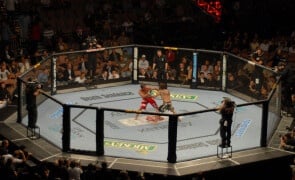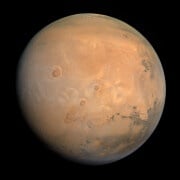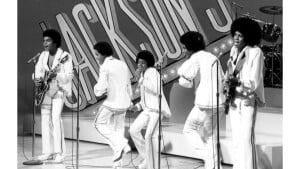Early Transportation: A Quiz About Old-Timey Ways of Getting Around
Written by Tom Cohen
Last updated · 7 min play time
We didn't always have high-speed jets and Teslas to get around. Back in the day, there were horse and carriage, steam trains, bikes, and eventually some rudimentary automobiles. Let's see how much you know about old-timey modes of transportation.
More than a hundred years ago, men and women had a much harder time moving around the country - and the world - than they do now. There were hot air balloons, blimps, weirdly-shaped bikes, steam trains, biplanes, and all kinds of other modes of transportation. As time went on, new developments in transportation changed the landscape.
In this quiz, we'll ask you some questions about transportation the way it used to be, in the good old days, before high-speed jets and mass produced Japanese sedans. Time to hop into your sidecar and answer some early transportation questions.
Quiz written by
Tom CohenI'm a 3-time Emmy-winning game show producer, writer, director and published author. I dig traveling, watching hockey, photographing wildlife and exploring the cultural and social fabric of society.



Comments (1)
We want to hear your feedback! Share your scores and discuss the quiz, but keep it civil.
Terrible